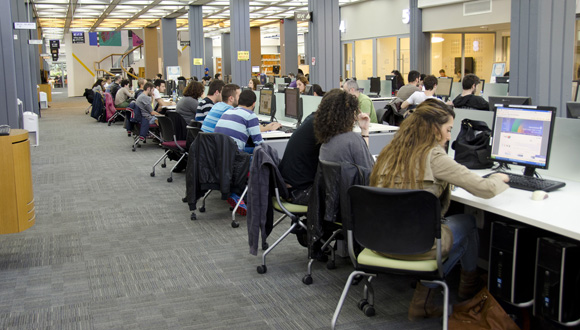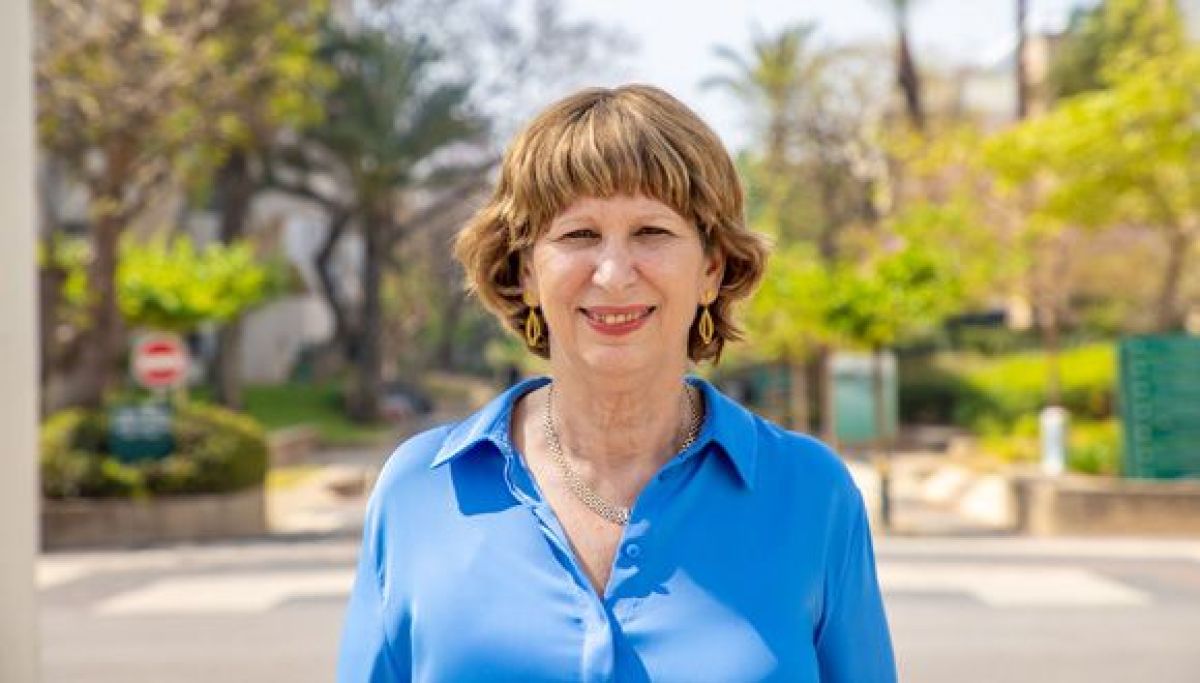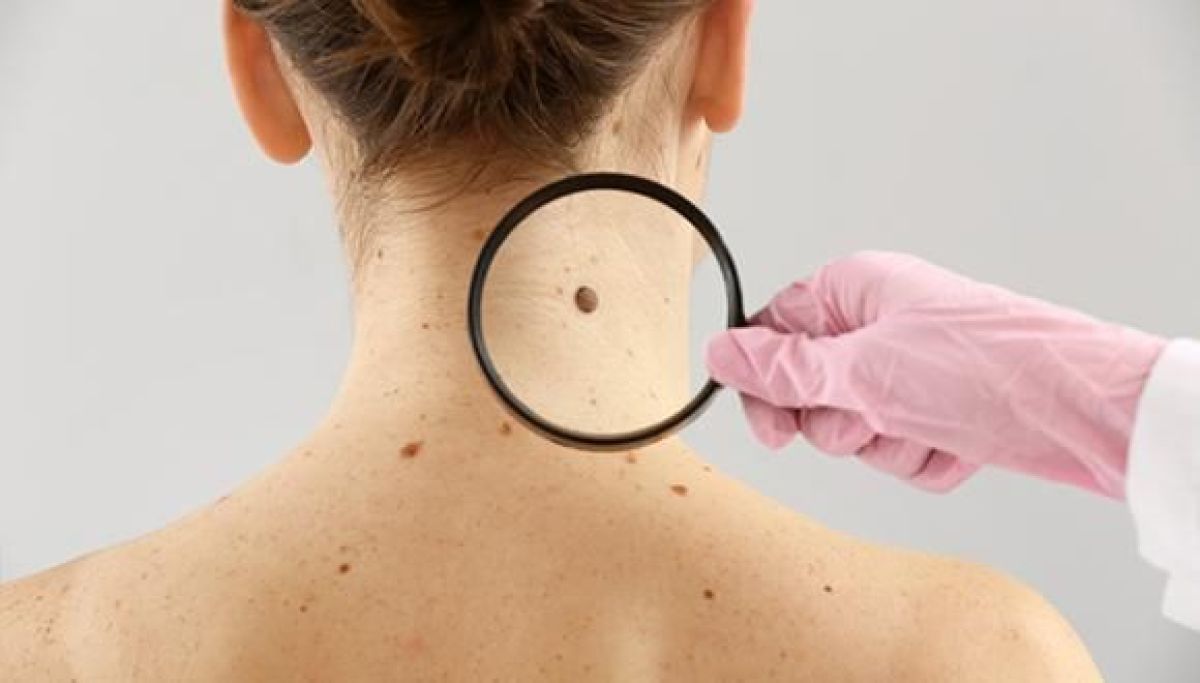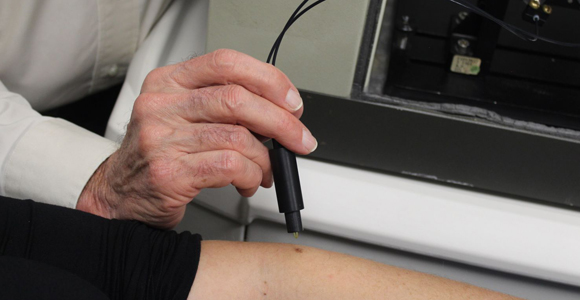New nanotech from TAU produces “healthy” electric current from the human body itself
Approach allows for the charging of cardiac pacemakers using only the heartbeat, eliminating the need for batteries
A new nanotechnology development from an international research team led by Tel Aviv University researchers will make it possible to generate electric currents and voltage within the human body itself through the activation of various organs using mechanical force. The development involves a new and very strong biological material, similar to collagen, which is non-toxic and causes no harm to the body’s tissues.
The researchers believe that this new nanotechnology has many potential applications in medicine, including harvesting clean energy to operate pacemakers and other devices implanted in the body through the body’s natural movements, eliminating the need for batteries and the surgery required to replace them.
The study was led by Professor Ehud Gazit of TAU’s Shmunis School of Biomedicine and Cancer Research at the George S. Wise Faculty of Life Sciences, the Department of Materials Science and Engineering at the Fleischman Faculty of Engineering and the Center for Nanoscience and Nanotechnology, along with his lab team, Dr. Santu Bera and Dr. Wei Ji.
Researchers from the Weizmann Institute and a number of research institutes in Ireland, China and Australia also took part in the study, which was published in Nature Communications.
“Collagen is the most prevalent protein in the human body, constituting about 30% of all of the proteins in our body,” Professor Gazit, who is also Founding Director of TAU’s Blavatnik Center for Drug Discovery, explains. “It is a biological material with a helical structure and a variety of important physical properties, such as mechanical strength and flexibility, which are useful in many applications. However, because the collagen molecule itself is large and complex, researchers have long been looking for a minimalistic, short and simple molecule that is based on collagen and exhibits similar properties.
“About a year and a half ago our group published a study in which we used nanotechnological means to engineer a new biological material that meets these requirements,” Professor Gazit continues. “It is a tripeptide — a very short molecule called Hyp-Phe-Phe consisting of only three amino acids — capable of a simple process of self-assembly of forming a collagen-like helical structure that is flexible and boasts a strength similar to that of the metal titanium.
“In the present study, we sought to examine whether the new material we developed bears piezoelectricity, another feature that characterizes collagen. Piezoelectricity is the ability of a material to generate electric currents and voltage as a result of the application of mechanical force, or vice versa, to create a mechanical force as the result of exposure to an electric field.”
The researchers created nanometric structures of the engineered material, and with the help of advanced nanotechnology tools applied mechanical pressure on them. The experiment revealed that the material does indeed produce electric currents and voltage as a result of the pressure.
Moreover, tiny structures of mere hundreds of nanometers demonstrated one of the highest levels of piezoelectric ability ever discovered, comparable or superior to that of the piezoelectric materials commonly found in today’s market, most of which contain lead and are unsuitable for medical applications.
According to the researchers, the discovery of piezoelectricity of this magnitude in a nanometric material is of great significance, as it demonstrates the ability of the engineered material to serve as a kind of tiny motor for very small devices. Next, the researchers plan to apply crystallography and computational quantum mechanical methods (density functional theory) in order to gain an in-depth understanding of the material’s piezoelectric behavior and thereby enable the accurate engineering of crystals for the building of biomedical devices.
“Most of the piezoelectric materials that we know of today are toxic lead-based materials, or polymers, meaning they are not environmentally and human body-friendly,” Professor Gazit says. “Our new material, however, is completely biological and suitable for uses within the body.
“For example, a device made from this material may replace a battery that supplies energy to implants like pacemakers, though it should be replaced from time to time. Body movements like heartbeats, jaw movements, bowel movements, or any other movement that occurs in the body on a regular basis will charge the device with electricity, which will continuously activate the implant.”
His current focus is on the development of medical devices, but Professor Gazit emphasizes that “environmentally friendly piezoelectric materials, such as the one we have developed, have tremendous potential in a wide range of areas because they produce green energy using mechanical force that is being used anyway. For example, a car driving down the street can turn on the streetlights. These materials may also replace lead-containing piezoelectric materials that are currently in widespread use, but that raise concerns about the leakage of toxic metal into the environment.”

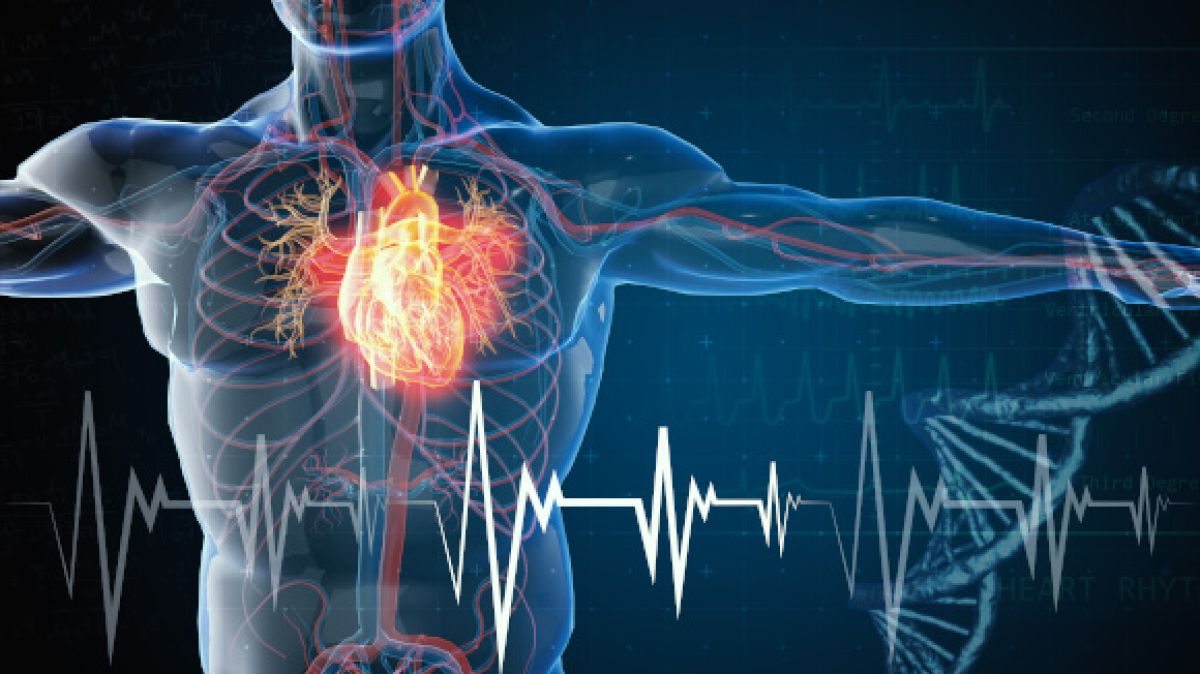
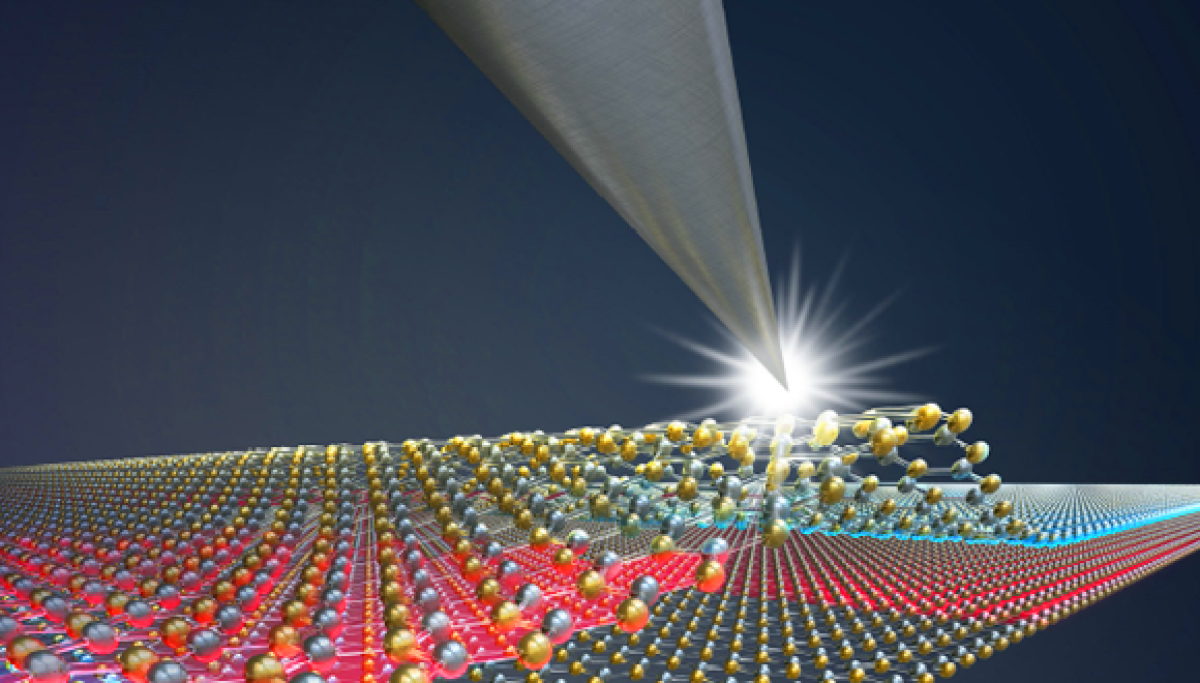






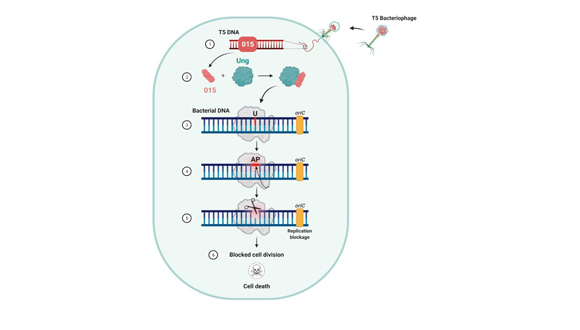 The process by which the bacteriophage destroys the bacteria’s genetic material
Prof. Qimron explains that, “The ability to distinguish between oneself and others is of enormous importance in nature and in various biological applications. All antibiotic mechanisms identify and neutralize bacteria only, with minimal effect on human cells.”
The researchers discovered the process by searching for types of bacterial variants not impacted by this bacteriophage mechanism – those that have developed “immunity” to it. This inquiry led them to the specific bacterial mechanisms affected by the bacteriophage takeover. “Shedding more light on the ways in which bacteriophages attack bacteria, our findings may serve as a tool in the endless battle against antibiotic-resistant bacteria,” concludes Prof. Qimron.
Featured image: Illustrative: Bacteriophage or phage virus attacking and infecting a bacterium
The process by which the bacteriophage destroys the bacteria’s genetic material
Prof. Qimron explains that, “The ability to distinguish between oneself and others is of enormous importance in nature and in various biological applications. All antibiotic mechanisms identify and neutralize bacteria only, with minimal effect on human cells.”
The researchers discovered the process by searching for types of bacterial variants not impacted by this bacteriophage mechanism – those that have developed “immunity” to it. This inquiry led them to the specific bacterial mechanisms affected by the bacteriophage takeover. “Shedding more light on the ways in which bacteriophages attack bacteria, our findings may serve as a tool in the endless battle against antibiotic-resistant bacteria,” concludes Prof. Qimron.
Featured image: Illustrative: Bacteriophage or phage virus attacking and infecting a bacterium

